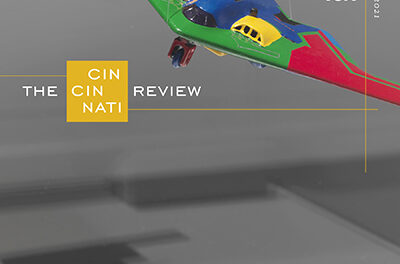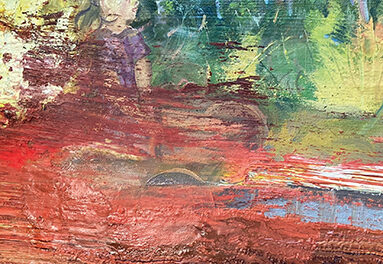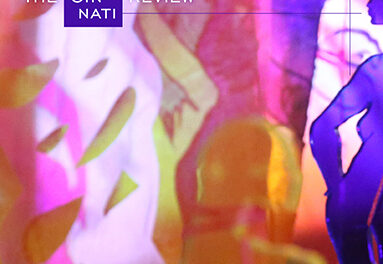. . . Pete Best was going to be a teacher before Paul McCartney persuaded him to join the band’s Hamburg tour. There they played four shows a day, seven nights a week. Between sets they slept next to the toilets behind the cinema screen of the Bambi Kino theater.
When the Beatles returned to Liverpool, Best’s mom helped launch them to local fame. She ran the Casbah, which gave the band a much-needed venue for shows. They practiced in her basement and she cooked them dinner. A small mob of followers formed, many of them hysterical girls hurling panties. Their favorite, a dreamy James Dean type, was Pete Best.
Labels began taking interest.
Like everyone, I grew up with the Beatles, but it was Kurt Cobain’s war cry that knocked me flat. His open-souled anguish freed the silver tape from my mouth, allowing me to voice all the suburban angst I’d been hoarding my entire life.
The Pete Best of Generation X was Chad Channing, the drummer for Nirvana before Dave Grohl. Like Best, Channing paid his dues with the band for two years, hauling his drums over three US tours and seventy thousand miles. He played when the band came down with the flu and drank forty-ouncers so they could pass out in the van. He endured a brutal European tour, thirty-six shows in forty-two days. Frustrated and on the brink, Cobain and bass player Krist Novoselic began hurling their instruments at one another onstage. During the last show, Cobain broke down and climbed the speaker stack up into the rafters, screaming at the audience the entire time.
Meanwhile, Channing packed, unpacked, played, packed, unpacked, and played again.
Labels began taking interest.
[My all-girl band] Poor Valentino had been playing for a few years when a local manager, Dick Hodgin, told us he was possibly interested in a development deal. He would come to a show and assess, he said. Maybe this was our Break, a term anyone who has ever binge-watched VH1’s Behind the Music understands.
Before our set, I quietly panicked and watched TV backstage for distraction, the 1998 Winter Olympics. Michelle Kwan was about to compete in the women’s long program figure skating. She was favored to win, and the weeks of hype had been tremendous. I was grateful for the chance to judge someone else.
Kwan floated onto the ice in her periwinkle velvet dress. Her grace was mesmerizing, her arms flawless extensions of her body as she hit every jump—no stumbles, no falls. She seemed destined for the win, but then Tara Lapinski leaped through her program like a sugared-up toddler. Not failing isn’t the same as winning.
Someone could train her entire life, deliver under excruciating stress, and still be not quite good enough.
“Keep working,” was Hodgin’s post-show assessment, but I sensed there was more, something unsaid.
. . .









